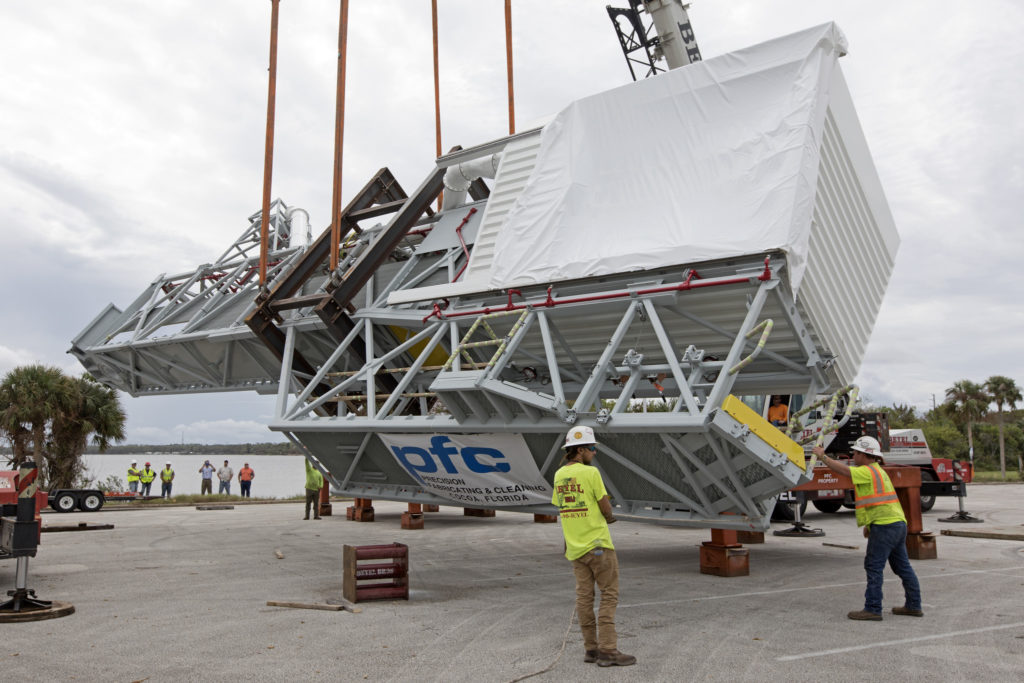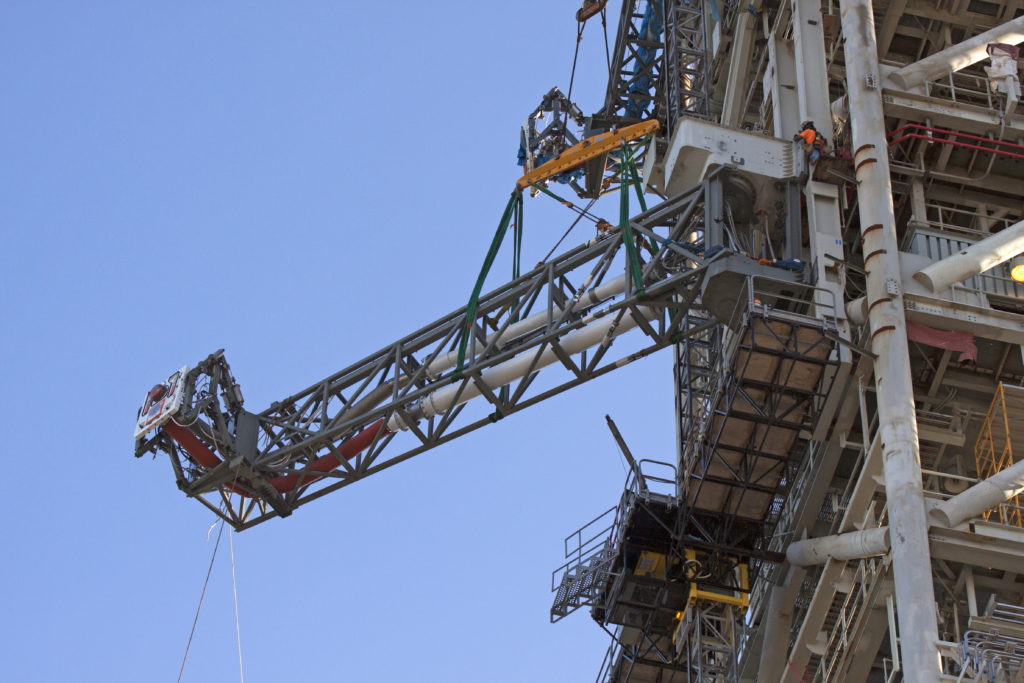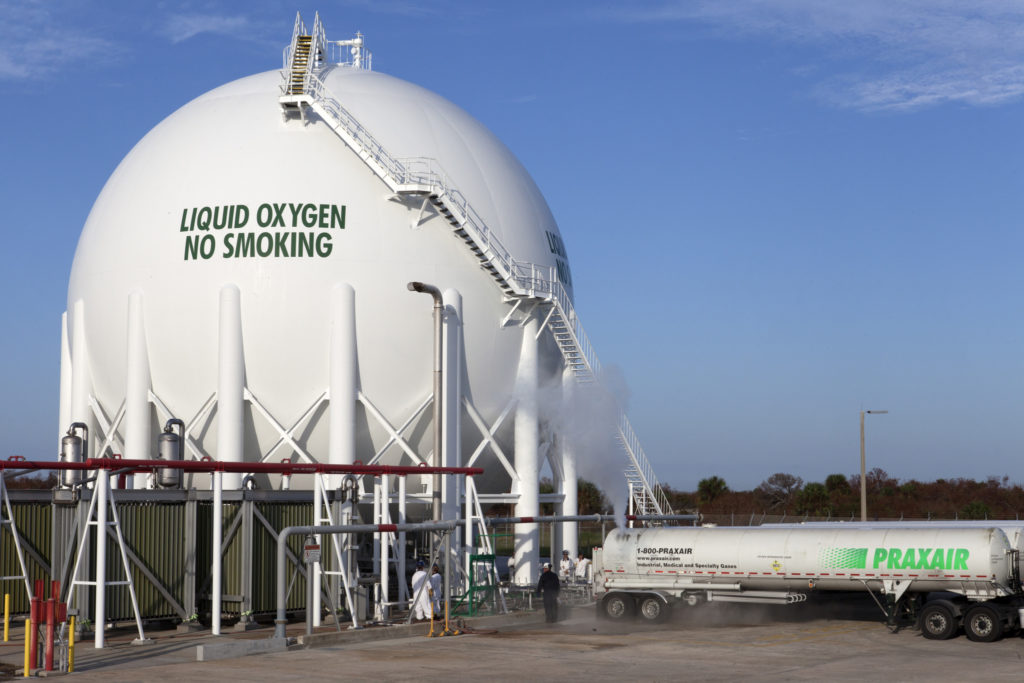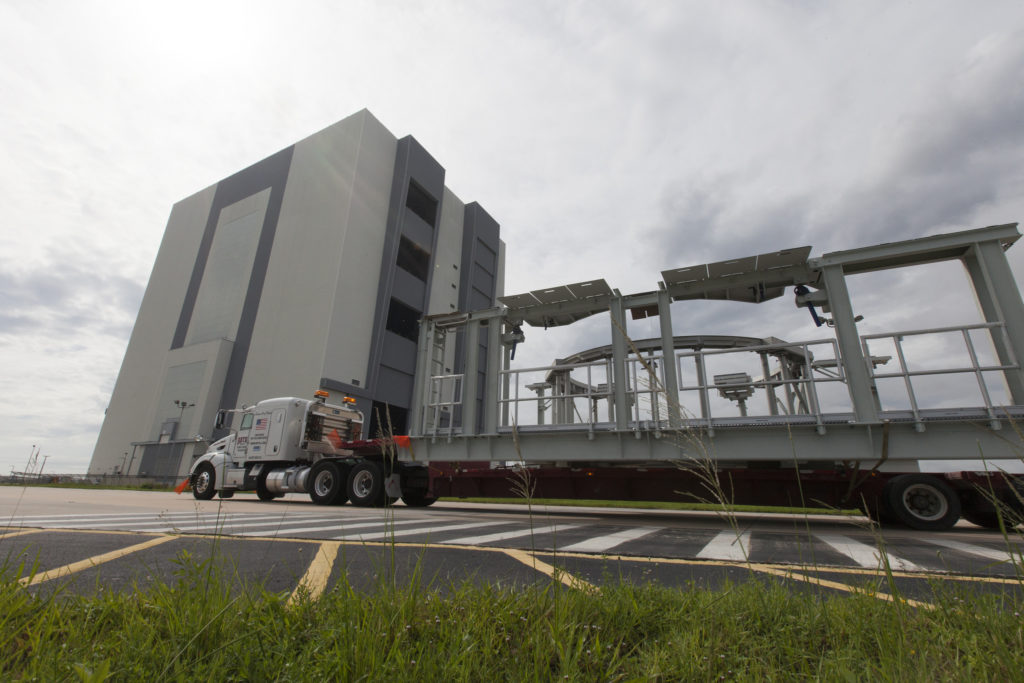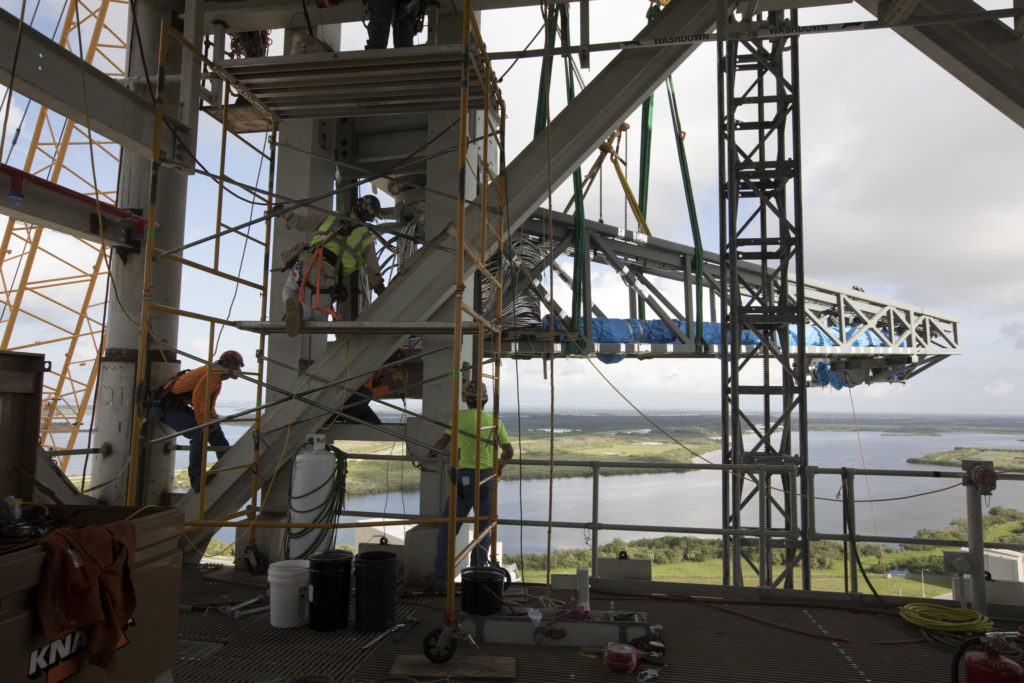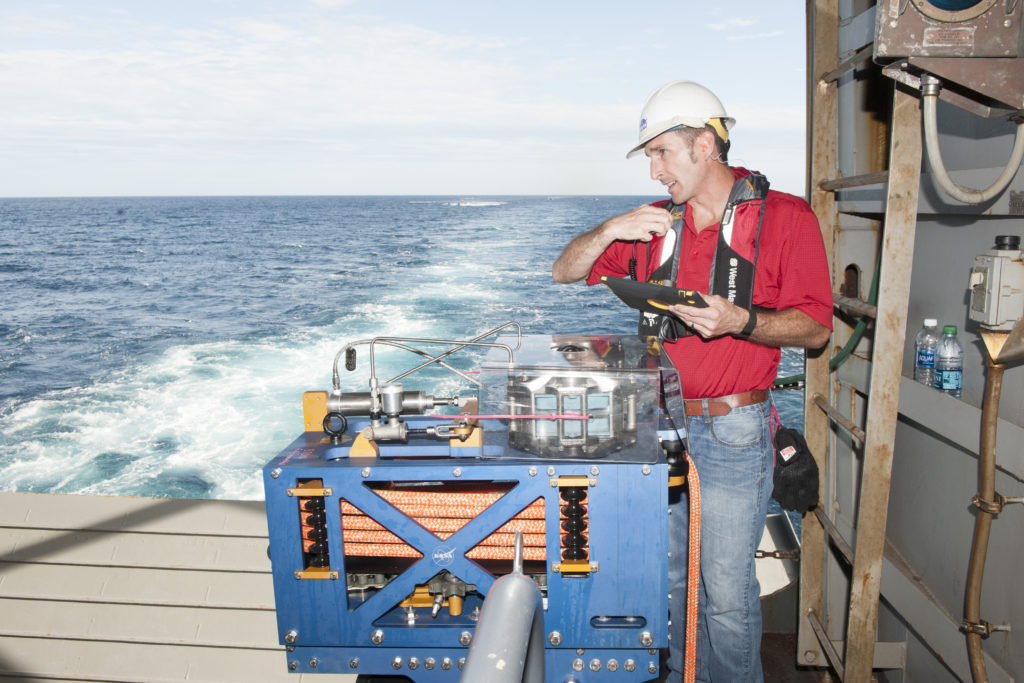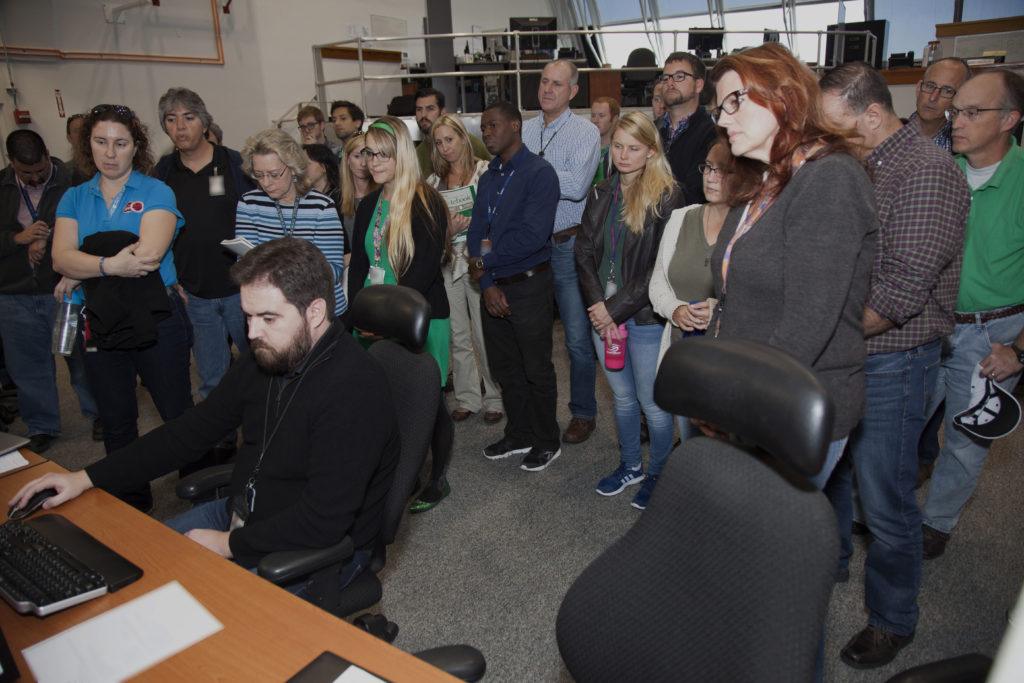
NASA’s new deep space exploration systems will send crew 40,000 miles beyond the Moon, and return them safely home. After traveling through space at 25,000 miles per hour, the Orion spacecraft will slow to 300 mph after it passes through the Earth’s atmosphere. The spacecraft then slows down to 20 mph before it safely splashes down in the Pacific Ocean.
When astronauts come back from deep space, they will need to be picked up as quickly as possible. That’s where Kennedy Space Center’s NASA Recovery Team comes in.
Under the auspices of Exploration Ground Systems, Melissa Jones, NASA’s recovery director, and her team will recover the Orion capsule and crew. NASA and the U.S. Navy are working together to ensure they are ready before the first uncrewed Orion mission aboard the agency’s new Space Launch System rocket, known as Exploration Mission-1.
This week, the integrated NASA and U.S. Navy team are aboard the USS Anchorage, testing out new ground support equipment and practicing their procedures.
After Orion completes its mission out past the Moon and heads to Earth, Jones will get the call Orion is coming home. Then, it is her job to get the joint NASA and U.S. Navy team to the capsule’s location quickly and bring it and the astronauts safely aboard the U.S. Navy recovery ship.
“We are testing all of our equipment in the actual environment we will be in when recovering Orion after Exploration Mission-1,” Jones said. “Everything we are doing today is ensuring a safe and swift recovery when the time comes for missions with crew.”

